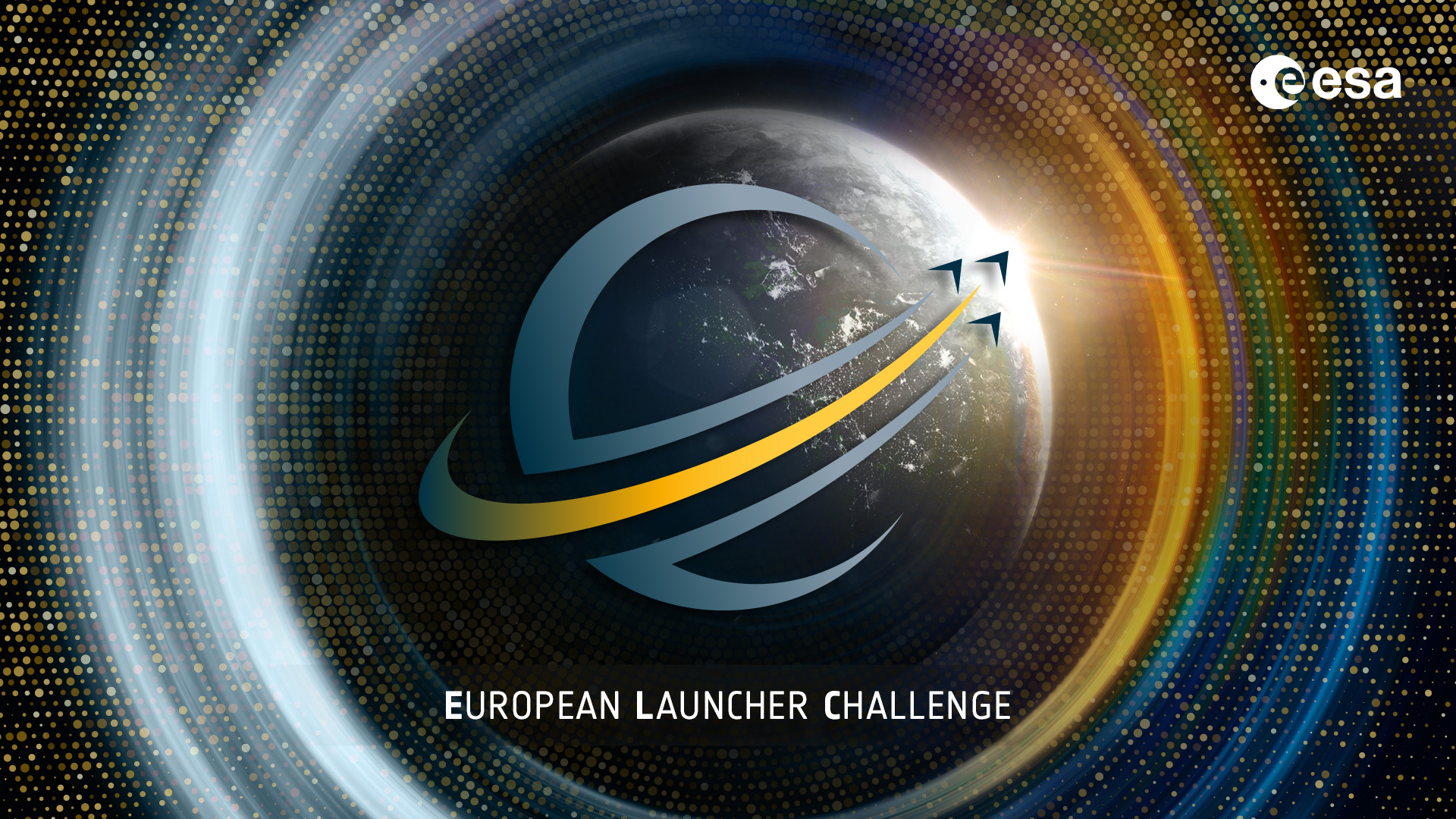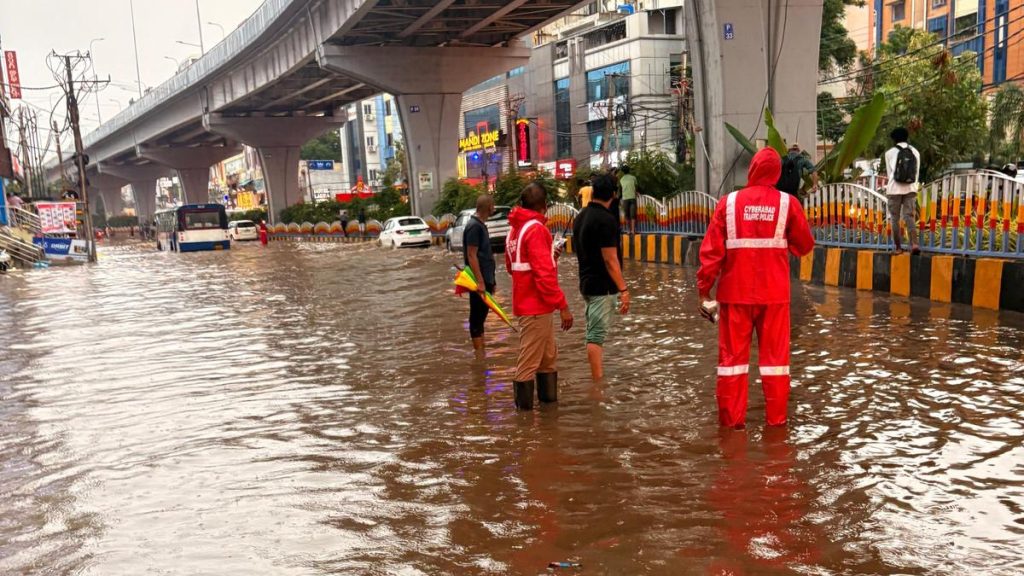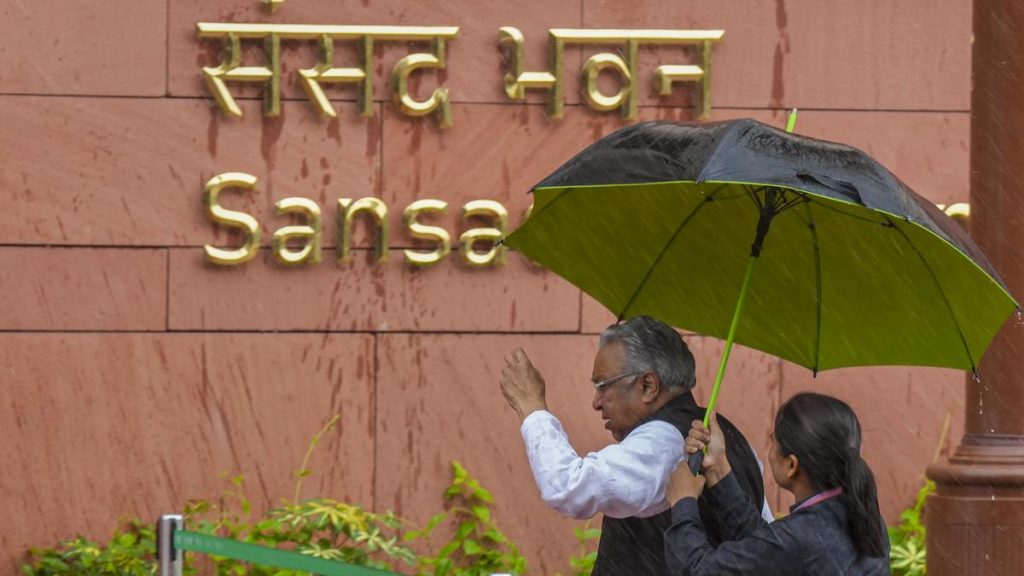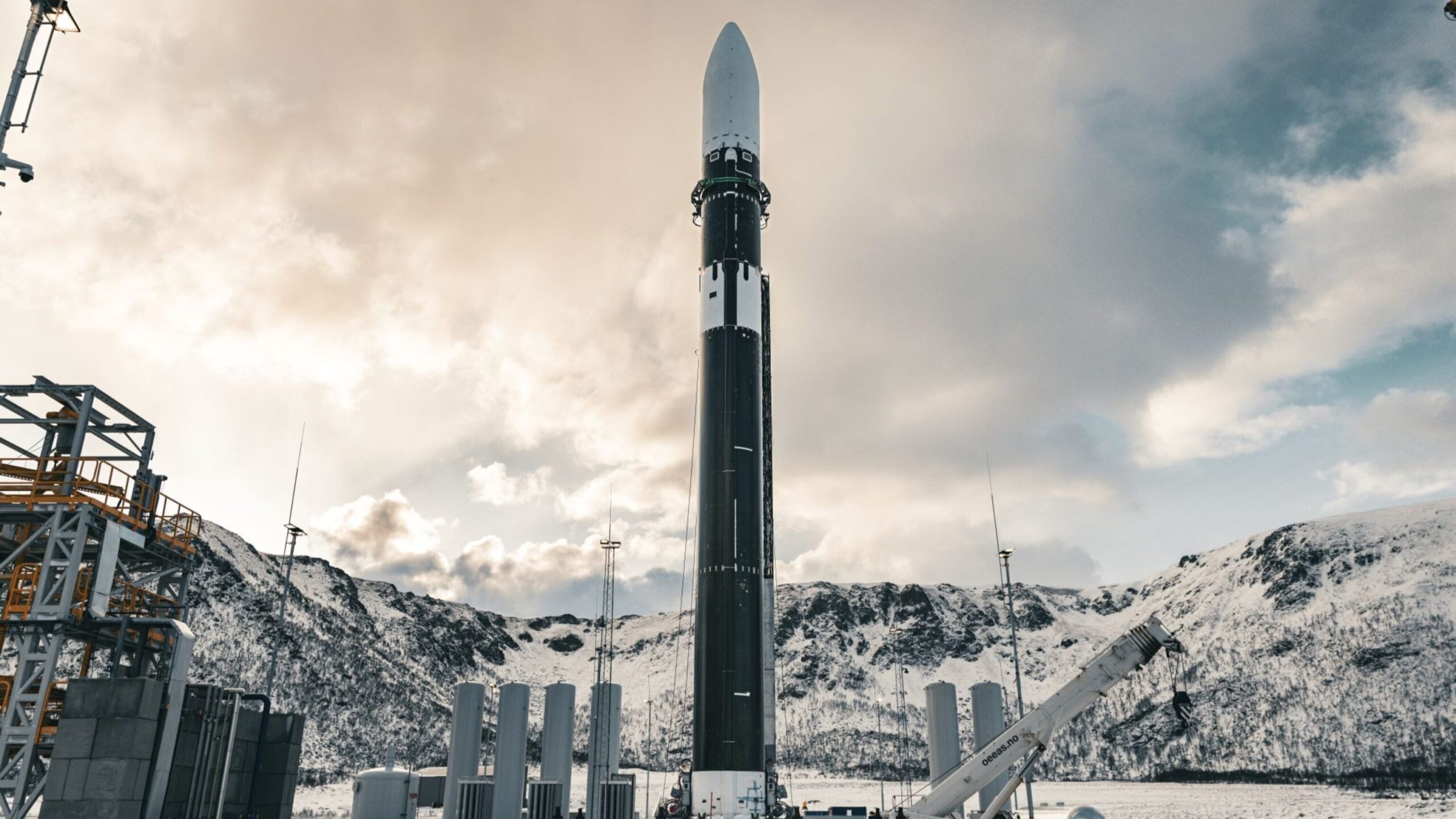Now Reading: European Space Agency Seeks Designs for 2028 Commercial Rocket
-
01
European Space Agency Seeks Designs for 2028 Commercial Rocket
European Space Agency Seeks Designs for 2028 Commercial Rocket

Rapid Summary
- The European Space Agency (ESA) announced the European Launcher Challenge (ELC) to foster new launch vehicle development and enhance Europe’s space access.
- ESA opened a call for proposals on March 24, with submissions due by May 5. Selected projects could receive funding of up to €169 million ($183 million).
- ELC includes two components:
– Component A: Launch services for ESA and European institutional customers (2026-2030).
– Component B: Demonstration of upgraded launch capacity with operational launches required by 2028.
- The challenge responds to global trends in reusable commercial rockets that lower costs. Currently, Europe relies on Ariane 6 and Vega rockets for launches.
- Companies likely involved include Rocket Factory Augsburg, Isar Aerospace, Skyrora, PLD Space, HyImpulse, MaiaSpace, Latitude, Orbex, among others.
- Participating companies had earlier requested substantial funding support and access to European spaceports in South America via an open letter sent in January.
- Growing demand is expected as Europe takes on projects like its IRIS² satellite constellation aimed at improving resilient communications.
Indian Opinion analysis
The announcement of ESA’s European Launcher Challenge highlights Europe’s proactive approach toward reducing dependency on existing rocket systems while courting innovation within its aerospace sector. This initiative reflects a strategic response to global advancements in reusable rocket technologies dominated by players like SpaceX. For India’s aspiring space program under ISRO (Indian Space Research Organisation), this move serves as an prospect for potential collaborations or shared learnings about driving competitive ecosystems and fostering commercialization.
India’s ongoing development of semi-reusable vehicles such as Gaganyaan’s crew module recovery tests or the RLV-TD program may also indirectly benefit from observing how similar global platforms innovate from private partnerships under structured incentives like ELC funding models.
Given ISRO’s increasing focus on cost-efficient satellite launches through vehicles like PSLV-CXL or SSLV tailored for international markets-especially small startups-keeping tabs on Europe’s launch challenges could help benchmark India’s competitiveness against emerging space powers globally.
























